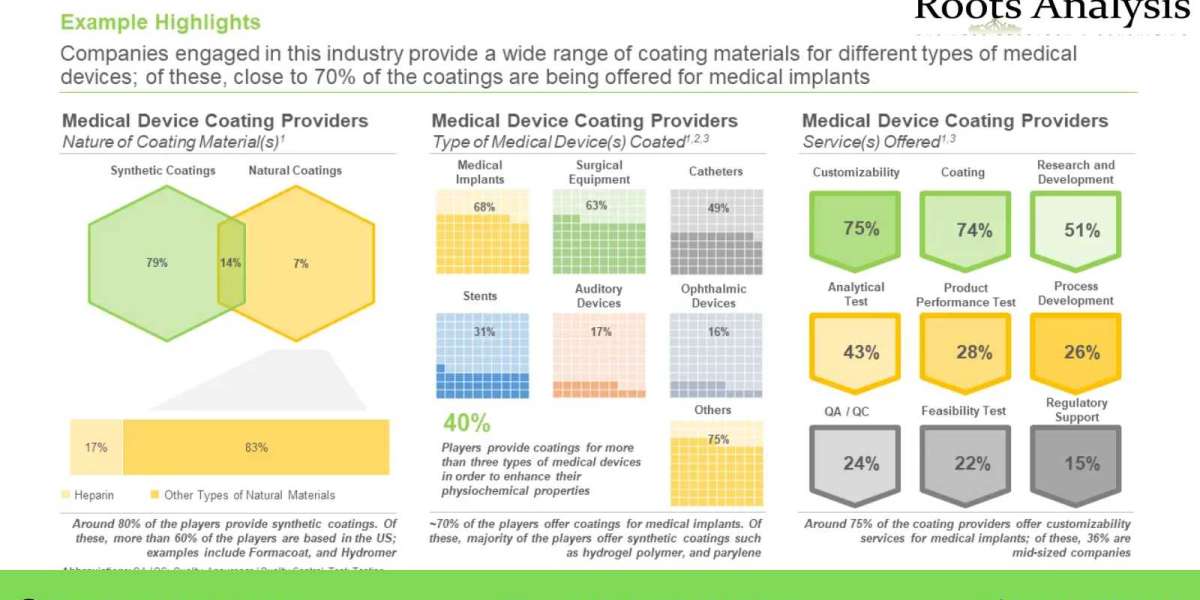Further, since 2020, the Food and Drug Administration (FDA) has approved 125 medical devices. The growing demand for complex medical devices, including implants, surgical equipment, catheters, and other invasive devices, has prompted the medical device developers to innovate and introduce biocompatible, high-performance medical device coatings that can meet the operational, clinical, and engineering requirements for these devices.
Need for medical device coatings and Surface Modification Technologies
The process of producing effective, functional as well as affordable, medical devices, when combined with the hygienic and biocompatibility requirements, develops unique quality challenges. In order to meet such challenges, the surface of biomaterial and biomedical devices is frequently coated, and tailored to alter the physiochemical properties, and the functionality of the surface, depending on the intended application.
Types of Medical Device Coatings
Biomedical devices have traditionally been made of different metals. More recently, different coating materials have been used to increase the biocompatibility of the medical equipment. Other desirable attributes provided by the medical device coating include reactivity to different stimuli, drug delivery / eluting capabilities, and anti-fouling traits. Further, medical coatings can be tailored to improve patient outcomes. They can also lengthen the device’s functional lives and increase their effectiveness. Some of the common types of coatings (on the basis of different applications) include lubricant coating, antimicrobial coatings and water-repellent polymers based coatings.
Advantages of medical device coatings and Surface Modification Technologies
The selection of a biomaterial for a medical device depends on several factors that can affect the present as well as future potential of the device. Notably, biocompatibility remains one of the most important factors. Each type of coating material / surface modification offers several advantages for the medical devices.
Concluding Remarks
With the increasing number of medical devices being approved across the globe each year, the demand for these technologies is increasing rapidly. In fact, there is a significant rise in the interest of such coatings and technologies amongst these developers. Hence, the medical device coatings and surface modification technologies domain can be expected to expand rapidly in the coming years.
For additional details, please visit https://www.rootsanalysis.com/blog/medical-device-coatings-and-modification-technologies/ or email [email protected]
You may also be interested in the following titles:
- Flow Cytometry Service Market, 2022-2035
- Gene Editing beyond CRISPR Market, 2022-2035
About Roots Analysis
Roots Analysis is a global leader in the pharma / biotech market research. Having worked with over 750 clients worldwide, including Fortune 500 companies, start-ups, academia, venture capitalists and strategic investors for more than a decade, we offer a highly analytical / data-driven perspective to a network of over 450,000 senior industry stakeholders looking for credible market insights.
Contact Information
Ben Johnson
+1 (415) 800 3415
+44 (122) 391 1091








